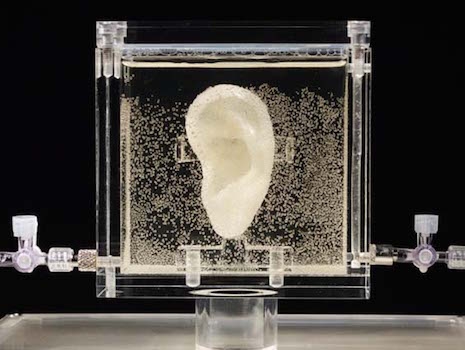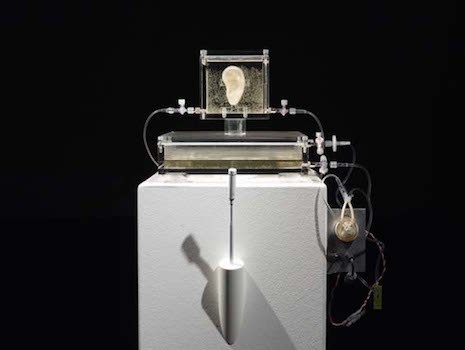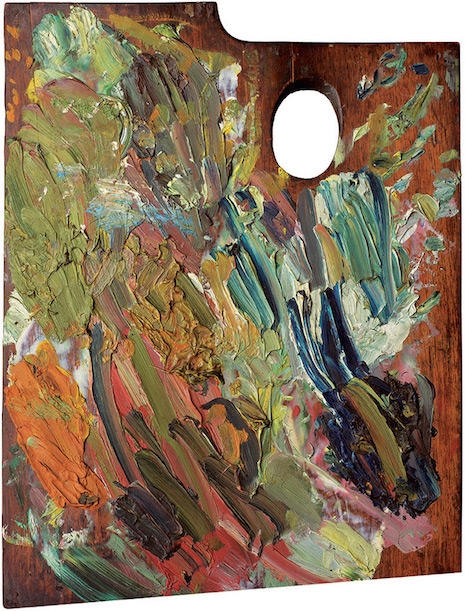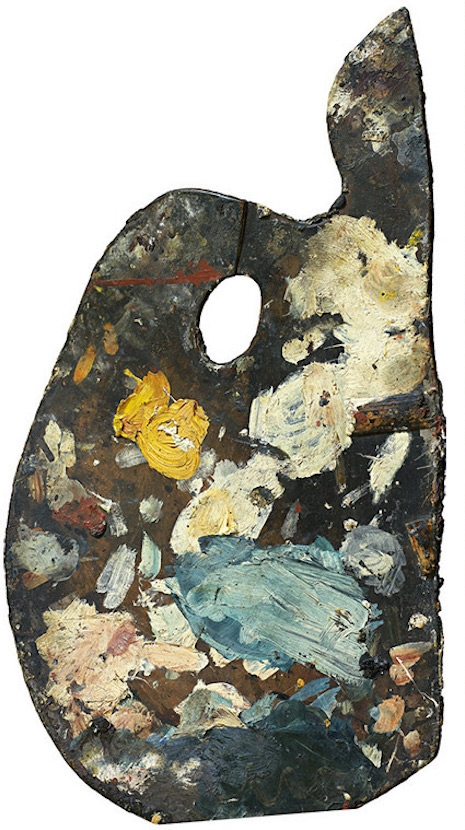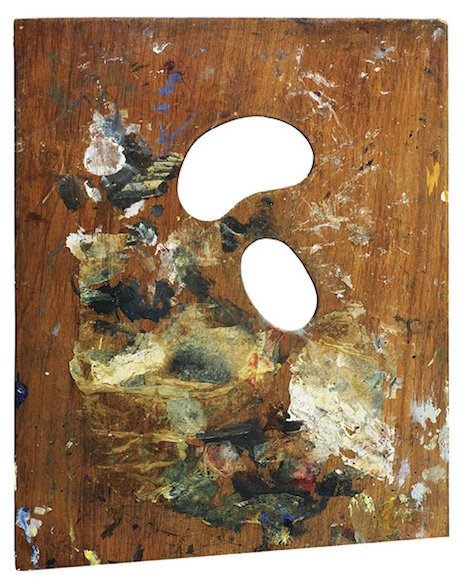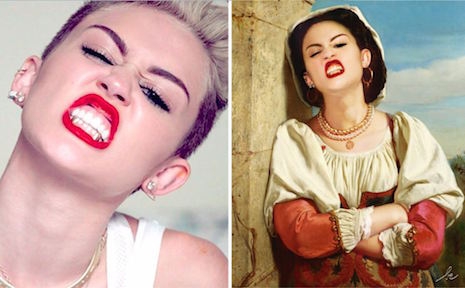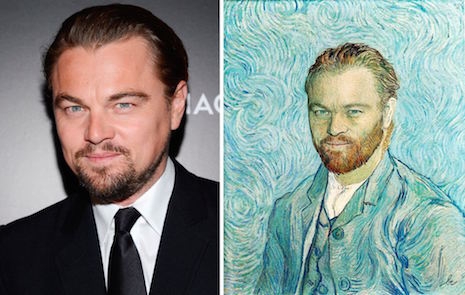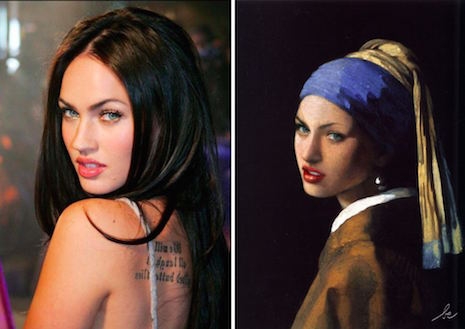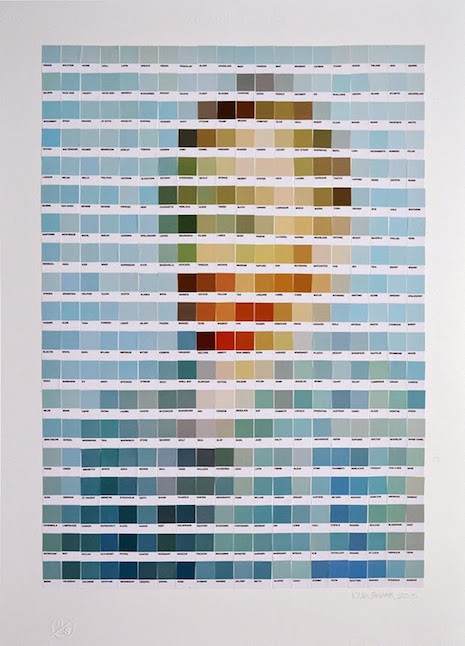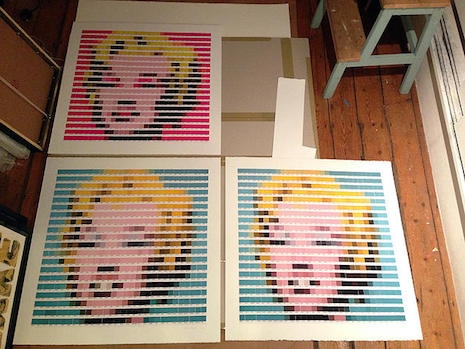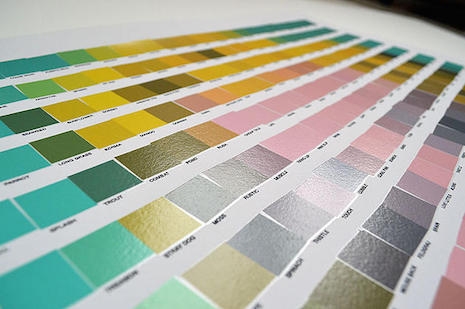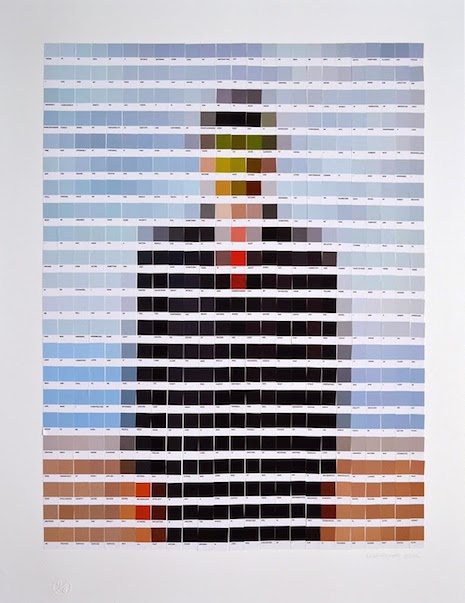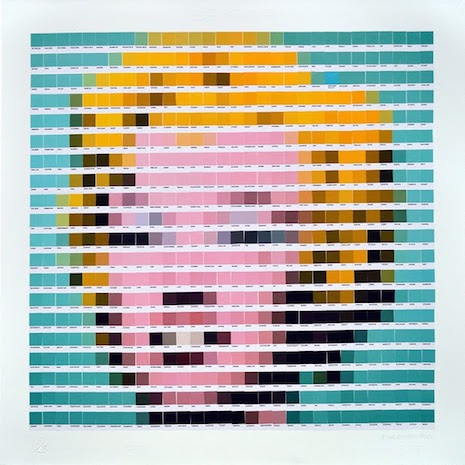
“Side Tracks - 17 October 1964 - Detroit, Michigan” by Bob Dylan (via Halcyon Gallery)
Seeing both Bob Dylan and Vincent Van Gogh in the news this week reminded me of the last place I saw these guys together: in the wonderful world of song.
First there’s Robert Friemark’s “Vincent Van Gogh,” a ragged ballad about the painter’s life that Dylan and Bob Neuwirth sang in close harmony at some Rolling Thunder Revue dates. The song has a punchline that calls the seriousness of everything preceding it into question; I believe this is what you call a “shaggy-dog story.” Don McLean’s “Vincent” is scared of meeting Friemark’s number in a dark alley. I’ve cued up the Bobs singing “Vincent Van Gogh” midway through a three-and-a-half-hour recording of the May ‘76 stop in New Orleans here.
But more mysteriously, there’s the spectral Blonde on Blonde-era song known variously as “Spuriously Seventeen Windows,” “The Painting by Van Gogh,” “Definitely Van Gogh” and “Positively Van Gogh.” Under the latter title, it finally came out on last year’s massive 18-CD version of The Cutting Edge 1965-1966. According to Clinton Heylin’s sessionography, Dylan’s biographer Robert Shelton taped the only known rendition of this song in a hotel room in Denver just three days after Dylan finished recording Blonde on Blonde. Heylin sets the scene:
The only evidence we have of a possible direction, post-Blonde on Blonde, pre-accident, derives from two hotel room sessions with Robbie Robertson. That Dylan and Robertson were at this point blowtorching the candle at both ends—staying up late into the night, smoking a little (okay, a lot of) hash, and working on songs with a couple of acoustic guitars—is well-documented. Melbourne’s answer to Allen Ginsberg, Adrian Rawlins, wrote at the time of Dylan playing him “Sad Eyed Lady of the Lowlands” at six-thirty in the morning after a night of smoking hash, while actress Rosemary Garrett witnessed an even more extensive all-nighter just five days later:
I was able to listen to a composing session. Countless cups of tea . . . Things happened, and six new songs were born. The poetry seemed already to have been written. Dylan says “Picture one of these cats with a horn, coming over the hill at daybreak. Very Elizabethan, you dig? Wearing garters.” And out of the imagery, he and [Robbie] work on a tune and Dylan’s leg beats time with the rhythm, continuously, even when the rhythm is in his own mind.
Robert Shelton had already taped such a session in a Denver hotel room, three days after Dylan completed Blonde on Blonde (though he lacked the foresight to have enough blank tape, and ended up having to record all but one song of the thirty-five-minute session at 1⅞ ips—hence the poor quality). Though Dylan was anxious to play Shelton a couple of the songs he had just recorded—“Just Like a Woman” and “Sad Eyed Lady of the Lowlands,” the latter of which he seemed particularly proud of—Shelton also witnessed Dylan and Robertson working on some newer ideas.
The opening song, the lyrics of which revolve around a painting by Van Gogh, is the most listenable track because Shelton has not as yet knocked the speed of his reel-to-reel down to 1⅞ ips (from 3¾).
More after the jump…






